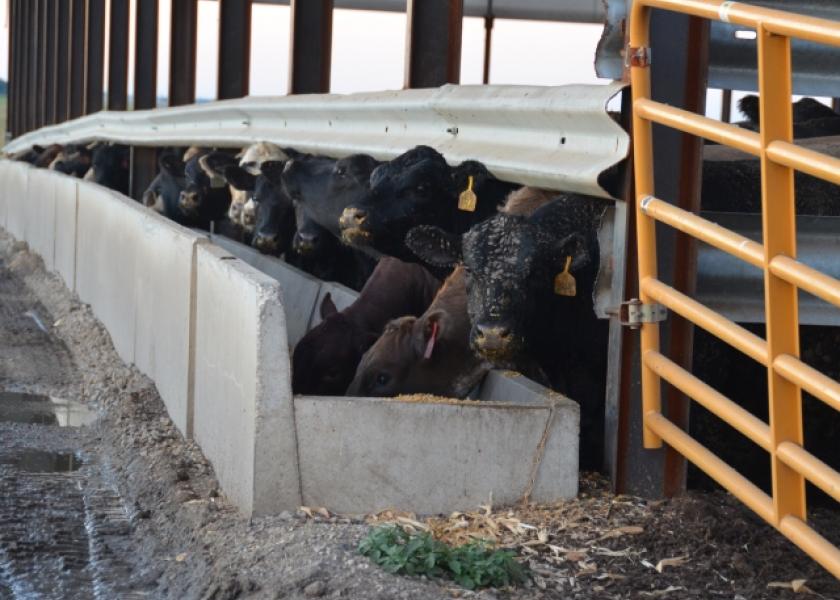Grass Versus Grain: Question 2

By: John Maday
Drovers CattleNetwork recently received an inquiry from a college student conducting research for a public-health class project. She sent a list of questions regarding the relative merits of finishing cattle on grass versus grain-based rations. Her questions, while somewhat biased, reflect common misperceptions of grain feeing and the kinds of question consumers are asking. For that reason, we have adapted the questions and answers into this article, to serve as possible “talking points” for our readers as you encounter similar questions from the public.
We’ll be posting the 13 questions, along with our answers, over the next couple weeks. Here is question 2:
Student
In your professional opinion, who is responsible for the trend to feed cattle corn?
Drovers CattleNetwork
There are several stakeholders involved, including corn growers, cattle producers and consumers. The practice of finishing cattle on corn-based rations began in the Corn Belt area, essentially as a way for farmers to manage their financial risk. These “farmer-feeders” found that in years when corn prices were low, they could improve their financial returns by purchasing cattle, feeding some of their crop, and selling finished cattle in place of corn. In years with high corn prices, they sold more corn and fed fewer cattle.
Over time, American consumers learned to prefer grain-finished beef, and that preference continues today. That led to expansion of the cattle-feeding business, and much of the feedlot business eventually moved from the Midwest to the High Plains region, largely because the drier climate is favorable and our transportation infrastructure made it feasible.
See question 1 from this series here.







